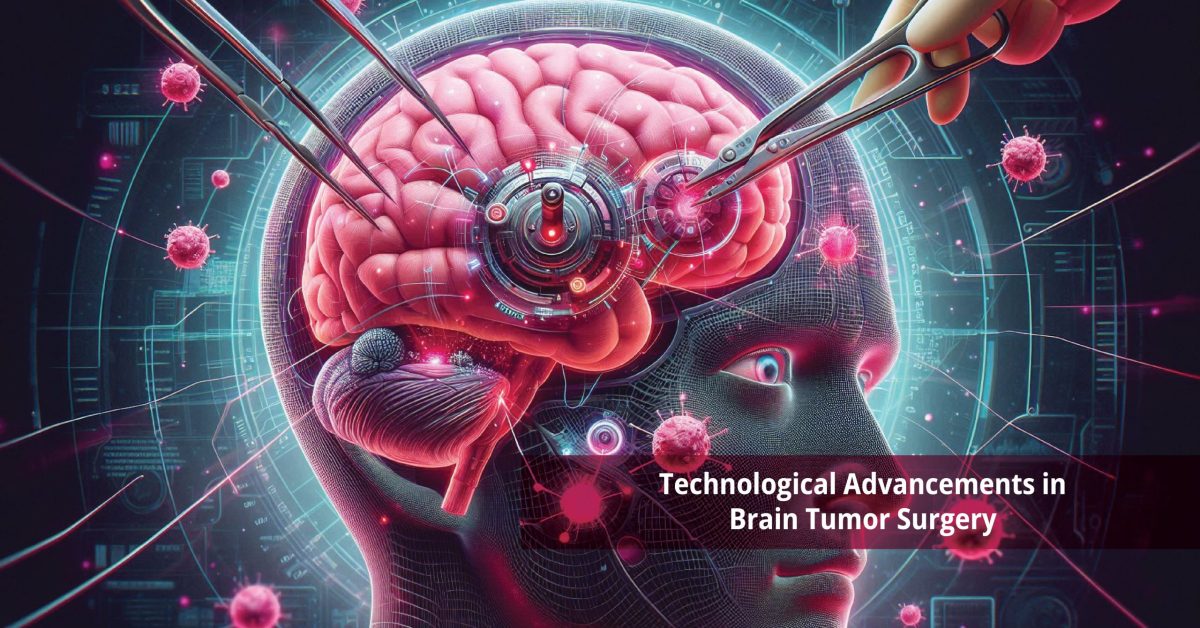Intraoperative Imaging
Intraoperative imaging has evolved the accuracy and safety of brain tumor surgeries.Technologies like intraoperative MRI (IMRI) and intraoperative ultrasound (iUS) have real – time imaging during surgery, permitting surgeons to analyze the tumor and surrounding brain structures as they operate. This real – time input helps confirm complete tumor removal while conserving as much healthy brain tissue as possible.
IMRI, for instance, has been shown to enhance the extent of tumor resection and decrease the likelihood of leaving behind residual tumor tissue. This technology allows surgeons to make immediate adjustments during surgery, scoping for good outcomes for patients.
Image-Guided Surgery
Image – guided surgery (IGS) systems have become important tools in the recent era of brain tumor surgery. This mechanism makes use of preoperative and intraoperative picture scanning data to create a 3D map of the patient’s brain. Surgeons can then use this map to route through the tumor, keeping away critical brain structures and leading surgical accuracy.
Most important components of IGS are neuronavigation, which gives real- time inputs on the surgeon’s tools location within the brain. This technology increases the surgeon’s potential to evict the tumor while lowering damage to surrounding healthy tissue. Moreover, the involvement of augmented reality (AR) into the IGS mechanism is an upcoming trend, providing surgeons increased visualization and spatial awareness during the process.
Minimally Invasive Techniques
Minimally invasive surgical innovations have transfigured brain tumor surgery by decreasing the invasiveness of process, transforming to more efficient recovery times and lesser complications. Techniques such as endoscopic surgery and laser consumption have achieved popularity in recent years.
Endoscopic surgery involves the use of a small camera and specialized tools inserted through a tiny incision, permitting surgeons to enter and eliminate tumors with lesser disruption to surrounding brain tissue. This process is mainly beneficial for tumors located in hard – to – reach areas.
Laser ablation, on the other hand, uses laser energy to completely target and remove tumor cells. This technique is especially useful for curing small, deep – located tumors that are hard to access with traditional surgical processes. Laser depletion offers the benefit of being less invasive and involved with shorter hospital stays and fast recovery period.
Advanced Surgical Instruments
The development of new surgical tools has further increased the precision and performance of brain tumor surgeries. Robotic – assisted surgery, for example, provides for bigger control and additionally, the utility of fluorescence – mediated surgery has become more common. This procedure involves the injection of fluorescence – guided surgery has become more common. This technique involves the injection of a fluorescent dye that piles up in tumor tissue, making it glow under specific lighting conditions. Surgeons can then visualize the tumor more clearly and differentiate it from healthy brain tissue, confirming more complete tumor removal.
Targeted Therapies and Personalized Medicine
The invention of targeted therapies and customized medicine has brought about a paradigm transfer in the cure of brain tumors. Traditional chemotherapy and radiation therapy often have limited efficiency against brain tumors and can cause significant side effects. Moreover, targeted cures that specifically target tumor cells while sparing healthy tissue offer a more efficient and less toxic alternative.
One important example is the use of bevacizumab, an anti-angiogenic drug that restricts the formation of new blood vessels in tumors, efficiently starving them of nutrients and oxygen. Clinical trials have shown that bevacizumab, either alone or in combination with other drugs, can enhance survival rates in patients with recurrent glioblastoma, an especially aggressive type of brain tumor.
Customized medicine, which involves treatment based on the genetic profile of the tumor, is also adding traction. By recognizing specific genetic mutations and molecular markers in a patient’s tumor, oncologists can opt for the most suitable targeted therapies, enhancing treatment results and decreasing side effects.
